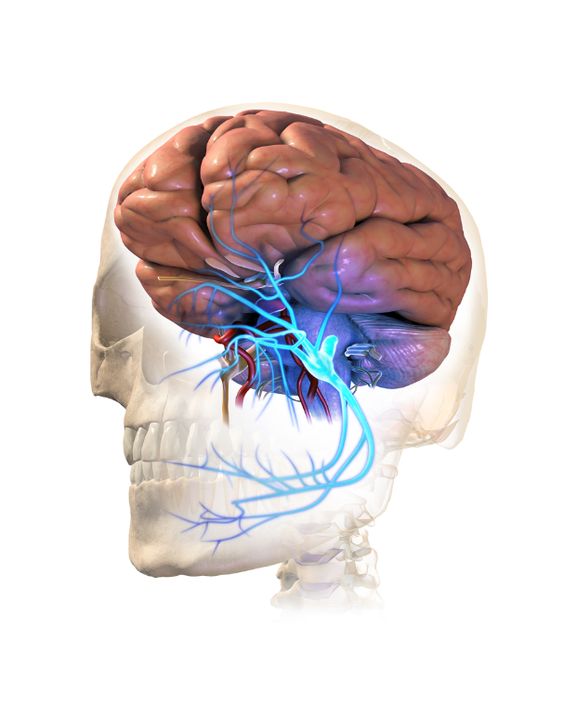Introduction
Trigeminal neuralgia (TN), also known as tic douloureux, is a chronic pain condition that affects the trigeminal nerve, which carries sensation from your face to your brain. It’s characterized by episodes of sudden, severe, and shooting or stabbing pain in parts of the face, usually on one side. The pain can be so intense that it’s often described as feeling like an electric shock.

The pain associated with trigeminal neuralgia usually occurs in short bursts lasting from a few seconds to a few minutes, but these bursts can happen in quick succession. The pain most commonly affects the lower part of the face, including the cheek, jaw, teeth, gums, and lips. It’s less common for the pain to affect the area around the eye and forehead.
Although trigeminal neuralgia is not life-threatening, it can be debilitating. The unpredictable nature of the attacks can make daily activities, like eating, talking, and even smiling, very difficult.
Symptoms of Trigeminal Neuralgia
The primary symptom of trigeminal neuralgia is intense facial pain. This pain can be triggered by everyday activities, including:
- Chewing
- Talking
- Brushing your teeth
- Shaving
- Washing your face
- Touching your face
- Encountering a breeze or draft
- Putting on makeup
The pain may be present constantly or may occur in episodes. Some people with trigeminal neuralgia experience pain-free periods that last for months or even years.
Causes of Trigeminal Neuralgia
The exact cause of trigeminal neuralgia is not fully understood. However, it is often associated with:
- Blood vessel pressing on the trigeminal nerve: This pressure can cause the nerve to malfunction and send pain signals to the brain.
- Multiple sclerosis: This disease, which damages the protective covering of nerves, is a common cause of trigeminal neuralgia in younger people.
- Tumor: A tumor pressing on the trigeminal nerve can also cause pain.
- Brain lesion: Damage to the trigeminal nerve from a stroke or head injury can lead to trigeminal neuralgia.
In some cases, a cause cannot be identified. This is known as idiopathic trigeminal neuralgia.
Treatment Options for Trigeminal Neuralgia
The goal of treatment for trigeminal neuralgia is to reduce the frequency and severity of pain attacks. Treatment options include:
- Medications: Several types of medication can be effective in treating trigeminal neuralgia. Anticonvulsants, such as carbamazepine and oxcarbazepine, are often the first line of treatment. Other medications that may be used include muscle relaxants, antidepressants, and opioid pain relievers.
- Surgery: If medication is not effective or if side effects are intolerable, surgery may be an option. There are several types of surgical procedures that can be used to treat trigeminal neuralgia, including microvascular decompression, which involves moving blood vessels away from the trigeminal nerve; gamma knife radiosurgery, which uses radiation to target the trigeminal nerve; and glycerol rhizotomy, which involves injecting glycerol into the trigeminal ganglion (a group of nerve cells).
- Complementary therapies: Some people with trigeminal neuralgia find relief from complementary therapies, such as acupuncture, massage, and yoga.
Living with trigeminal neuralgia can be challenging. However, with appropriate treatment, most people with this condition can experience a significant reduction in pain and improve their quality of life. If you experience facial pain that you suspect may be trigeminal neuralgia, consult with a doctor to discuss your symptoms and get a proper diagnosis.





